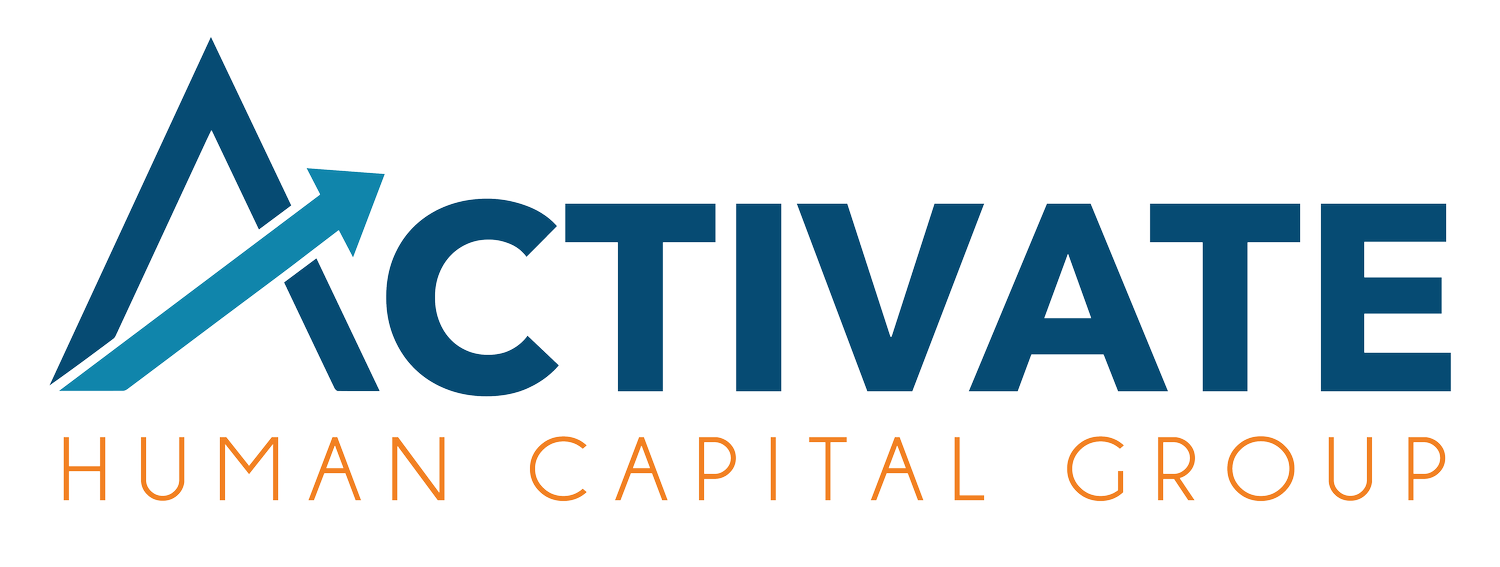Preparing for the #GreatResignation
#GreatResignation, It’s a trending hashtag on LinkedIn, but what is it and why should organizations prepare for it?
Hypothesized by Dr. Anthony Klotz, a Professor at Texas A&M University (WHOOP!), The “Great Resignation” is an idea that seeks to make sense of the tides of turnover. More specifically, Dr. Klotz’s work on the Great Resignation argues that employees planning on leaving their jobs are deterred by uncertainty. That’s something most of us can identify with, right? With the ongoing Covid pandemic, it’s not hard to see how many people who have been coveting the idea of quitting their jobs and getting away from bad bosses have been holding off - playing it safe; at least for the time being.
However, through the pandemic, many people have done more than reconsider finding new jobs. In this time, many have reevaluated their views on office work, long commutes, and family life in general. This is much of the reason we are seeing the Great Resignation happening right now, especially for workers aged 30-45 and managers, who have seen roughly a 20%, and 12% increase in resignations, respectively. These workers see this time as their best opportunity to pursue things they’ve always wanted to do, or as an escape from what they see as an overbearing work environment. This amounts to a great brain drain in the workplace, as experienced employees and leaders leave their younger peers to pick up the slack. Which of course leads to undue strain on a shrinking workforce. This problem promises to be especially troublesome for the tech and healthcare industries which are quickly becoming the most affected by this new trend but keep an eye on more traditional industries like energy whose leaders are mainly cut from an old-school cloth and are struggling to update their idea of what work “should” look like.
What this translates to for organizations is that the road out of the pandemic, and back into the office is going to be a long, and difficult route to navigate; like your first time driving through Dallas without a GPS.
So, what can organizations do to alleviate the strain of the Great Resignation, or ease the transition back into the office after such an extended period of remote work?
The most important thing is to understand that the great resignation is a Human Capital Issue, and not a singular event. Like the “Great Shift Change”, this is something that will have to be managed for years to come, as we will only see the true extent of the Great Resignation’s effects as time passes.
But what can we do now to contain the effects of the Great Resignation?
Right now, organizations should focus on determining and addressing their unique risk levels, so that talent can be retained. One of the most effective ways to begin is by getting a current “Pulse” on Employee Engagement from Activate Human Capital Group.
Why an Engagement Pulse?
Because it gives leaders an in-depth understanding of what their employees are experiencing today, and specific recommendations to start improving.
In addition to taking the current pulse of Employee Engagement, many organizations are viewing the return-to-office as a critical time for RE-onboarding their employees. This means that the process of returning to the office can’t be a show up and jump back in; it’s an opportunity to revisit organizational values, help teams reconnect with each other and reframe their objectives. This type of return-to-work investment will return a much more positive company culture. At Activate, we’re helping our clients in this space with leadership and team-level workshops oriented at building team cohesion and positive work behaviors. Our current favorites include the Dream Teams Alignment workshop series and Strengths Discovery sessions for teams.
What is the Dream Team Process?
The Dream Team alignment process leverages the Predictive Index Behavioral Assessment in a flexible, professionally facilitated series of two half-day workshops scientifically designed to help teams understand each other, and strategically synergize their natural talents to meet their specific goals.
Completing this workshop, and the Engagement Pulse offers organizations a competitive advantage in retaining talent though the tight labor markets we’re facing. As we consider these tools in the context of returning to the office, many have reservations and may have forgotten what we enjoyed about in-person work interactions. Activate’s tools provide a dynamic solution for bringing people back together in a meaningful way by giving teams the tools they need to succeed together.
Discover how Activate Human Capital Group can transform your workplace with our unique employee engagement strategies and strengths-based approach. Don't miss the chance to enhance your team's performance and satisfaction. Contact us today to start the conversation about your organization's future!

